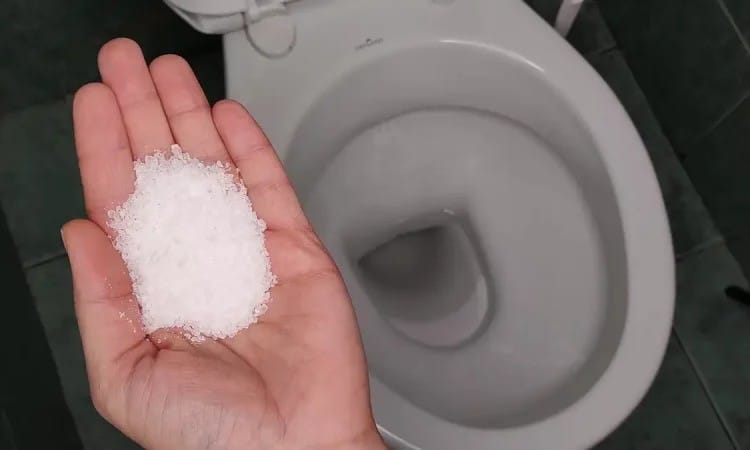Your toilet will gleam white with this magical solution: no need for store-bought chemicals

Don’t fret! There’s no need to dash to the store for pricey products or search high and low for tricky ingredients online. You’ve already got all you need right at home.
We’ve already told you how to clean limescale and soot from your iron.
If the water is rich in calcium and magnesium salts, they settle on the surface. This is how limescale is formed. Over time, this layer thickens and can narrow the drain hole. In some cases, it can lead to complete blockage of the drain. The problem of calcium deposits is therefore not just cosmetic.
How to clean a toilet bowl with vinegar
To combat limescale and calcium deposits, acid is the way to go. It reacts and softens the deposits. In this way, it can be easily washed away. In home conditions, you can use vinegar or citric acid.
For maximum effect, you should collect some water from the toilet bowl. It is advisable to do this using a disposable plastic cup, which you then dispose of in the trash. Instead of the selected water, pour vinegar. You will need about 1 litre. The more vinegar – the deeper its action will extend. Leave the toilet bowl covered with vinegar for at least 30 minutes. If the dirt is considerable – for 1 hour. After this time, try cleaning the toilet bowl drain with a toilet brush. If the dirt separates – continue cleaning and flush with water.
If not, leave it for another half an hour. A thick layer of stone may break off in sections – it is better to pull it out, wear rubber gloves beforehand. To speed up the effect, vinegar can be preheated, but not boiling.
Citric acid cleans the toilet bowl without odour
The effect of citric acid is similar. Its advantage is the absence of the specific aroma that vinegar has. To prepare a concentrated solution, dissolve 100 g of citric acid in 1-1.5 litres of hot water. Then follow the same procedure as for vinegar.

